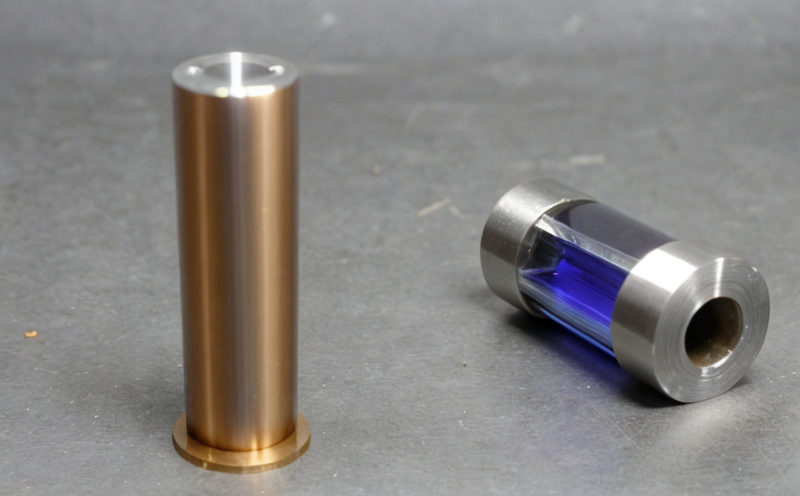Fabric size stability testing after repeated laundering
Textile manufacturing is a complex process that involves numerous variables which can affect fabric performance. One of the most critical aspects in determining a textile product's quality is its dimensional stability, particularly after it has been subjected to typical end-user conditions such as washing and drying. Fabric size stability testing after repeated laundering ensures that fabrics maintain their original dimensions and shape over multiple cycles, thereby enhancing customer satisfaction and ensuring compliance with industry standards.
Dimensional stability refers to the ability of a textile fabric or garment to retain its original size and shape under certain environmental conditions like temperature, humidity, washing, and drying. This property is crucial for various applications such as home textiles (beddings), clothing, upholstery, and industrial fabrics where maintaining consistent sizing is essential.
During repeated laundering processes, fabrics undergo significant stress from mechanical action by the washing machine drum, detergent chemicals, water temperatures, and even the heat generated during drying cycles. These factors can lead to a gradual reduction in fabric dimensions over time if not properly managed. Fabric size stability testing after repeated laundering aims at quantifying these changes accurately so that manufacturers can optimize their production processes.
The testing method typically involves subjecting samples of the same type and batch of fabrics to specified washing conditions repeatedly according to standard protocols such as ISO 105, ASTM D3249, or EN 16872. After each cycle, measurements are taken using precision instruments like micrometers or laser scanners to compare initial sizes with post-laundering sizes.
Understanding fabric size stability is not just about aesthetics; it has practical implications too. For instance, garments that lose their shape after several washes may cause inconvenience for customers and potentially lead to returns or negative reviews. By conducting rigorous size stability tests, textile manufacturers can ensure consistent quality throughout production runs, which ultimately leads to higher customer satisfaction rates.
In summary, fabric size stability testing after repeated laundering plays a vital role in ensuring that textiles maintain their original dimensions post-production and through consumer usage cycles. This service helps textile companies meet stringent industry requirements while enhancing product durability and user experience.
Why It Matters
The importance of fabric size stability testing after repeated laundering cannot be overstated, especially in today’s fast-paced consumer market where customer expectations are high. Here are several reasons why this service is crucial:
- Aesthetic Consistency: Maintaining the original dimensions ensures that garments fit well and look attractive over time.
- Durability: Stable fabrics last longer, reducing the need for frequent replacements and repairs.
- User Satisfaction: Happy customers are loyal customers. Consistent sizing improves customer satisfaction levels significantly.
- Brand Reputation: A reputation built on reliable products enhances brand image and fosters trust among consumers.
In addition to these benefits, fabric size stability testing helps textile manufacturers comply with international standards such as ISO 105 and ASTM D3249. These regulations provide guidelines for measuring dimensional changes during washing cycles, ensuring that all participants in the supply chain adhere to uniform quality benchmarks.
Moreover, by implementing robust size stability testing protocols early in the design phase, textile companies can identify potential issues before large-scale production begins. Early detection allows for adjustments that improve overall product performance, reducing costs associated with rework or scrap materials later on. Thus, investing in fabric size stability testing is an investment in long-term success and sustainability.
Industry Applications
| Application Area | Description |
|---|---|
| Home Textiles | Incorporates bedding, curtains, and other products that require consistent sizing during repeated use. |
| Clothing | Ensures that garments maintain their original fit through multiple washings. |
| Upholstery | Guarantees that furniture covers and other upholstery items retain their shape over time. |
| Industrial Fabrics | Helps in manufacturing durable industrial fabrics used in construction, automotive, and marine industries. |
These applications highlight the diverse range of products that benefit from fabric size stability testing after repeated laundering. Each sector has unique requirements regarding fabric performance; therefore, tailored testing methods are essential to meet specific needs effectively.
- Home Textiles: Focuses on maintaining aesthetic appeal and functionality over extended periods.
- Clothing: Emphasizes fit retention throughout the lifecycle of clothing items.
- Upholstery: Prioritizes durability to ensure long-lasting comfort in seating arrangements.
- Industrial Fabrics: Concentrates on strength and resilience under harsh conditions prevalent in industrial settings.
The versatility of fabric size stability testing makes it indispensable across various industries, ensuring that products meet both functional and aesthetic expectations consistently.
Use Cases and Application Examples
- Clothing Manufacturers: Conduct tests to ensure that garments maintain their original dimensions after multiple washes, enhancing customer satisfaction.
- Home Textile Suppliers: Perform size stability checks on bedding sets and curtains to guarantee consistent sizing post-laundering.
- Upholstery Fabric Producers: Test the durability of furniture covers by subjecting them to repeated laundering cycles, ensuring long-lasting comfort.
- Automotive OEMs: Evaluate seat cover materials for their ability to withstand frequent cleaning processes without compromising on appearance or functionality.
These examples illustrate how fabric size stability testing after repeated laundering impacts different sectors within the textile industry. By adhering to strict standards and protocols, companies can ensure that their products perform reliably under real-world conditions.
- Clothing: Testing helps in identifying any shrinkage or distortion that could affect garment fit during wear.
- Home Textiles: Ensures that bedding sets remain comfortable and aesthetically pleasing even after extended use.
- Upholstery: Guarantees sustained comfort and support for seating arrangements over time.
- Automotive: Evaluates the longevity of seat covers under repeated cleaning, ensuring they maintain their integrity and appearance.
The consistent application of fabric size stability testing across these diverse use cases underscores its importance in delivering high-quality products that meet consumer expectations consistently.





